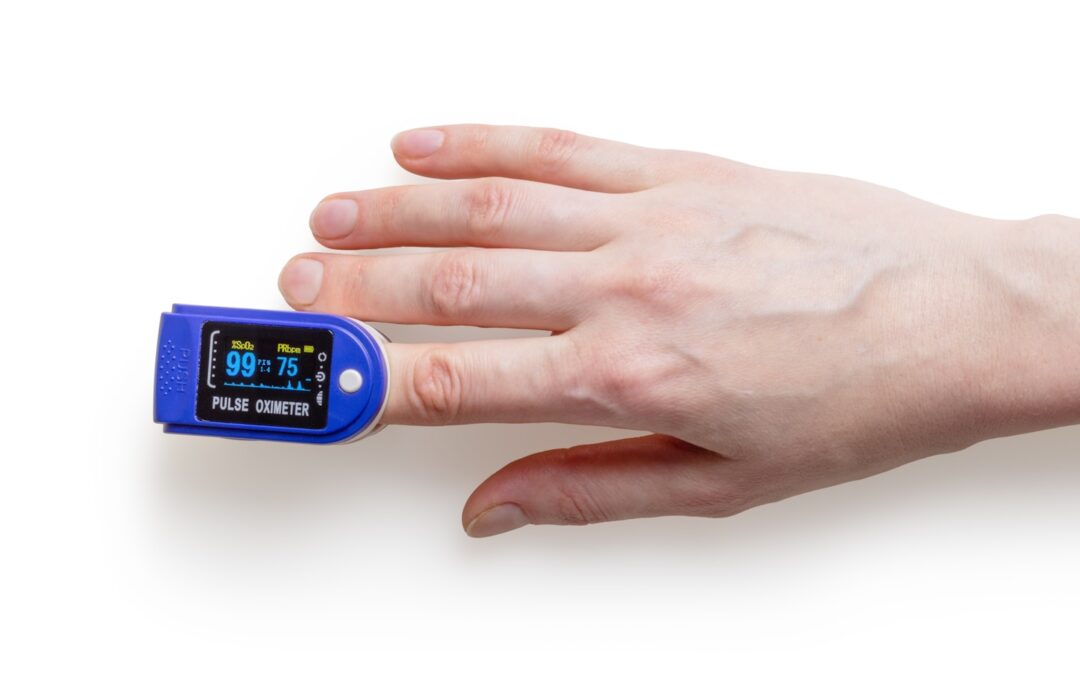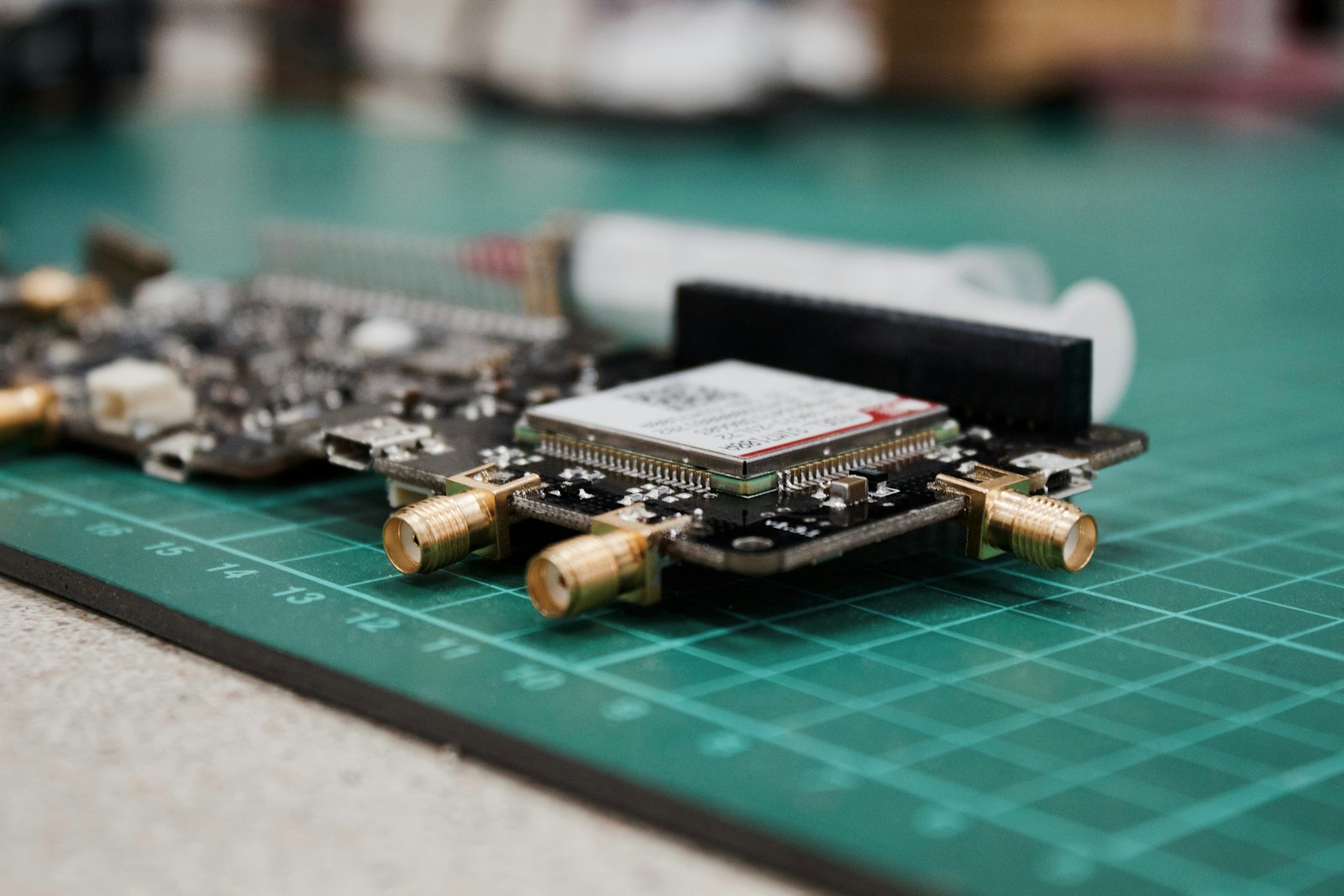Leveraging IoT Sensors for Predictive Maintenance in Industrial Settings
Introduction to IoT Sensors for Equipment Health Monitoring
IoT sensors for equipment health monitoring have become a vital tool in the industrial sector, enabling companies to predict equipment failures and optimize maintenance processes. In industries ranging from manufacturing to oil and gas, these sensors collect critical data on machinery performance, such as temperature, vibration, and pressure, providing insights that can be used to anticipate and prevent breakdowns. This proactive approach to maintenance not only extends the lifespan of equipment but also significantly reduces downtime and associated costs, making it a valuable investment for industrial plants in Saudi Arabia and the UAE.
In Riyadh, for example, industrial plants have embraced IoT technology to monitor the health of their machinery in real-time. By installing IoT sensors on key equipment, these facilities can continuously track performance metrics and receive alerts when any abnormalities are detected. This allows maintenance teams to address issues before they escalate into costly failures. Similarly, Dubai’s advanced manufacturing sector has integrated IoT sensors into its operations, using data analytics to predict when equipment will require maintenance, thus avoiding unexpected disruptions to production schedules.
The adoption of IoT sensors for equipment health monitoring aligns with the broader digital transformation goals of Saudi Arabia and the UAE, as both nations strive to enhance their industrial competitiveness through technology. By leveraging IoT data, industrial plants can improve operational efficiency, reduce maintenance costs, and ensure the reliability of their equipment. This strategic use of technology underscores the commitment of these countries to fostering innovation and driving business success in the industrial sector.
The Role of Predictive Maintenance in Industrial IoT
The implementation of IoT sensors for equipment health monitoring is a key enabler of predictive maintenance, a strategy that uses data-driven insights to predict and prevent equipment failures before they occur. Unlike traditional reactive maintenance, which addresses issues after they arise, predictive maintenance relies on continuous monitoring and analysis of equipment performance to identify potential problems early. In industrial settings, this approach can lead to significant cost savings by minimizing unplanned downtime and reducing the need for emergency repairs.
In Saudi Arabia, industrial plants have begun to adopt predictive maintenance strategies powered by IoT sensors. For instance, in the petrochemical industry, sensors monitor critical assets such as pumps and compressors, analyzing data in real-time to detect signs of wear and tear. By predicting when components are likely to fail, maintenance teams can schedule repairs at convenient times, avoiding costly production halts. This not only enhances operational efficiency but also contributes to a safer working environment by reducing the likelihood of equipment malfunctions.
Dubai’s industrial landscape has also benefited from the integration of IoT sensors into predictive maintenance programs. Factories equipped with these sensors can collect vast amounts of data on equipment conditions, which are then processed using advanced analytics and machine learning algorithms. This allows for more accurate predictions of equipment failures, enabling maintenance teams to focus their efforts on the most critical areas. As a result, Dubai’s industrial plants can maintain high levels of productivity while keeping maintenance costs under control, supporting the city’s vision of becoming a global leader in smart manufacturing.
Case Studies: IoT-Enabled Equipment Monitoring in Riyadh and Dubai
The experiences of industrial plants in Riyadh and Dubai illustrate the transformative impact of IoT sensors for equipment health monitoring. In Riyadh, a large manufacturing plant implemented IoT sensors across its assembly line to monitor the performance of critical machinery. The sensors tracked key metrics such as motor speed, vibration levels, and operating temperatures, providing real-time data that was used to identify potential issues before they led to equipment failures. This proactive approach enabled the plant to reduce unplanned downtime by 30%, resulting in substantial cost savings and improved production efficiency.
In Dubai, a leading steel manufacturer deployed IoT sensors on its furnaces and rolling mills to monitor equipment health. The data collected from these sensors was integrated into a predictive maintenance system that used AI algorithms to forecast equipment failures based on historical performance trends. By accurately predicting when equipment would require maintenance, the manufacturer was able to schedule repairs during planned downtime, minimizing disruptions to its operations. This not only enhanced the plant’s operational resilience but also supported its efforts to meet production targets consistently.
These case studies highlight the value of IoT-enabled equipment monitoring in industrial settings. By providing real-time insights into equipment health, IoT sensors empower companies to make informed maintenance decisions, reducing the risk of costly breakdowns and optimizing the use of resources. For industrial plants in Saudi Arabia and the UAE, the adoption of IoT technology represents a significant step forward in achieving operational excellence and driving business success in a competitive global market.
The Future of IoT in Industrial Equipment Monitoring
Enhancing Equipment Monitoring with Advanced Technologies
The future of IoT sensors for equipment health monitoring will be shaped by the integration of advanced technologies such as artificial intelligence (AI), machine learning, and edge computing. AI and machine learning can enhance the predictive capabilities of IoT sensors by analyzing complex data sets to identify subtle patterns that may indicate impending equipment failures. This level of predictive accuracy allows industrial plants to further refine their maintenance strategies, reducing downtime and improving overall equipment effectiveness.
Edge computing is another emerging technology that is set to play a crucial role in the evolution of IoT-enabled equipment monitoring. By processing data closer to the source, edge computing reduces latency and allows for faster decision-making, which is particularly important in industrial environments where timely responses to equipment issues are critical. In Saudi Arabia, edge computing is being explored as a way to enhance the real-time monitoring capabilities of IoT sensors, enabling industrial plants to respond more quickly to changes in equipment performance.
As industrial IoT continues to evolve, the integration of blockchain technology could also offer new possibilities for equipment health monitoring. Blockchain’s decentralized and secure nature makes it an ideal platform for managing the vast amounts of data generated by IoT sensors. By ensuring data integrity and enabling transparent data sharing across multiple stakeholders, blockchain can enhance the reliability of predictive maintenance systems and support more collaborative approaches to equipment management. For industrial plants in Dubai and Riyadh, the adoption of these advanced technologies will be key to unlocking the full potential of IoT in equipment health monitoring.
Conclusion: The Impact of IoT on Industrial Equipment Health
The integration of IoT sensors for equipment health monitoring is revolutionizing the way industrial plants manage their assets. By providing real-time insights into equipment performance, these sensors enable companies to implement predictive maintenance strategies that reduce downtime, lower maintenance costs, and enhance operational efficiency. As Saudi Arabia and the UAE continue to invest in digital transformation, the adoption of IoT technology in industrial settings will play a critical role in driving business success and maintaining competitiveness in the global market.
For business executives and entrepreneurs in the industrial sector, the implementation of IoT sensors offers a strategic advantage by providing the data-driven insights needed to optimize operations and reduce risks. By embracing IoT-enabled equipment monitoring, industrial plants can not only improve their maintenance processes but also position themselves as leaders in the adoption of modern technology. As the landscape of industrial IoT continues to evolve, the impact of IoT sensors on equipment health monitoring will remain a key factor in the pursuit of operational excellence and sustainable growth.
—
#IoT, #equipmentmonitoring, #predictivemaintenance, #Riyadh, #Dubai, #digitaltransformation, #businesssuccess, #SaudiArabia, #UAE









